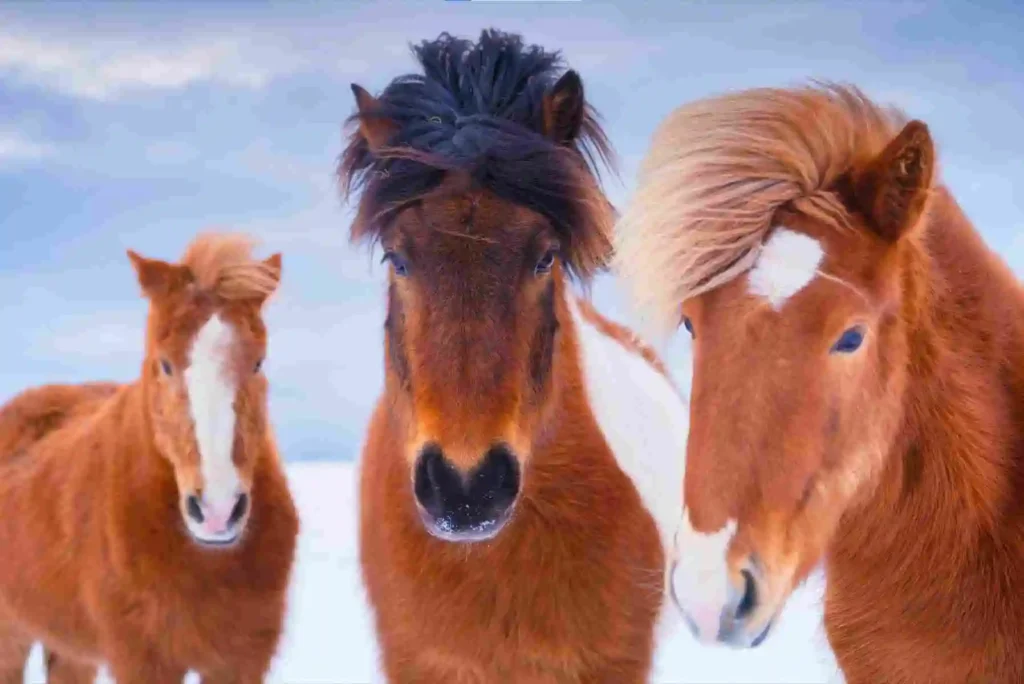Blue-eyed horses are a captivating and enchanting phenomenon within the equine world. The allure of these horses goes beyond their physical beauty, delving into the genetics and unique characteristics that set them apart. Let’s explore the fascinating world of blue-eyed equine friends.
The Genetics Behind Blue Eyes
The striking blue eyes in horses are often linked to specific genetic factors. While the majority of horses have brown eyes, the presence of a certain gene, called the “splash white” gene, can result in the manifestation of blue eyes. This gene not only contributes to the stunning blue hue but can also influence the coat color, creating distinct and visually appealing markings.
Variations in Shades of Blue Eyed Fellows
Blue eyes in horses can vary in shades, ranging from a light, crystal blue to a deeper, more intense shade. The variation adds to the individuality of each horse, making them stand out in the equestrian world. Some blue-eyed equines may even exhibit heterochromia, where each eye is a different color, further enhancing their uniqueness.
Myths and Realities of Blue Eyed Horses
There are several myths and misconceptions surrounding blue-eyed horses, with one common belief suggesting that all blue-eyed horses have vision impairments. While it’s true that some blue-eyed equines may experience vision issues, not every horse with blue eyes faces such challenges. Many lead healthy, normal lives with clear eyesight, debunking the myth that blue eyes equate to vision problems.
The Aesthetic Appeal of Blue Eyed Horses
Beyond the genetic and scientific aspects, blue-eyed horses hold a special place in the hearts of equestrians and horse enthusiasts due to their aesthetic appeal. The combination of a distinctive coat color, unique markings, and the mesmerizing gaze of blue eyes creates a visually stunning and memorable equine presence.
Caring for Blue-Eyed Horses
While the beauty of blue eyes adds to the charm of these horses, it’s important for horse owners to be aware of potential sensitivities. Blue-eyed equines may be more susceptible to sunlight and its harmful effects. Providing adequate shade, using fly masks, and applying sunscreen to sensitive areas around the eyes are essential practices to ensure the well-being of these horses.
Conclusion
In the world of horses, blue eyes represent more than just a physical trait; they symbolize individuality, genetic diversity, and aesthetic appeal. Whether seen in a pasture, a show ring, or a movie, blue-eyed Equines continue to captivate the hearts of those who appreciate the beauty and uniqueness that they bring to the equestrian landscape.






